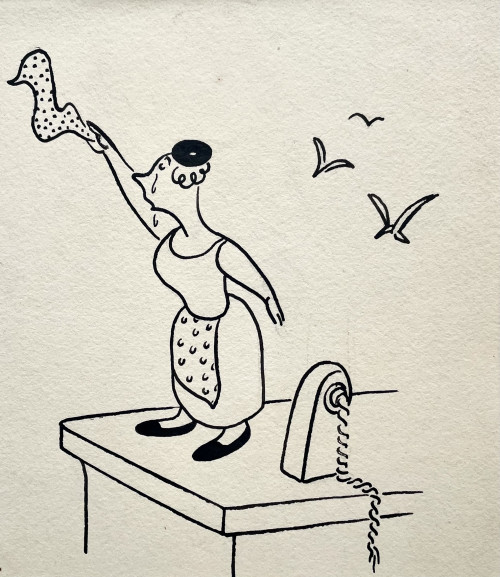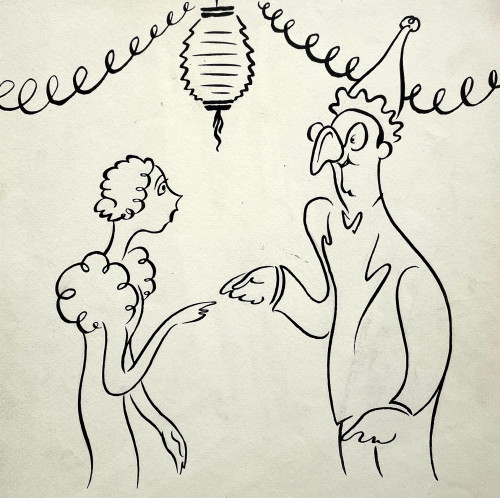- HOME
-
- View All Items
- New Arrivals
- Featured Items
- Artists
-
- View All
- Contemporary
- Birmingham School
- Cotswold Group
- Landscape
- Urban Townscape
- Abstract
- Animals/Birds
- Arts & Crafts
- British Impressionist
- Botanical
- Design/Industrial
- Fantasy/Fairy Subjects
- Female Artists
- Figurative
- Historical
- Illustration/Cartoon
- Marine
- Military/War Artist
- Modern British
- Pre-raphaelite/ Romantic/ Aesthetic
- Nude
- Portrait
- Prints
- Scottish
- Sculpture
- Sporting
- Still Life
- Theatrical
- Interiors/Architectural
-
ARCHIVE
Genre
- View All
- Contemporary
- Birmingham School
- Cotswold Group
- Landscape
- Urban Townscape
- Abstract
- Animals/Birds
- Arts & Crafts
- British Impressionist
- Botanical
- Design/Industrial
- Fantasy/Fairy Subjects
- Female Artists
- Figurative
- Historical
- Illustration/Cartoon
- Marine
- Military/War Artist
- Modern British
- Pre-raphaelite/ Romantic/ Aesthetic
- Nude
- Portrait
- Prints
- Scottish
- Sculpture
- Sporting
- Still Life
- Theatrical
- Interiors/Architectural
- ARTISTS
- Online Exhibitions
- Events
- About
- Contact
- Home
- Medium
- Watercolour & Drawing
- The Living and the Dead
The Living and the Dead
The Living and the Dead
William Bell Scott was the son of Robert Scott, an Edinburgh engraver and brother of the artist David Scott. He was born at St Leonard’s, Edinburgh and studied under his father, and at the Trustees’ Academy before leaving for London in 1837. After entering for the Westminster Hall Competition he was appointed as master of the Government School of Design in Newcastle in 1843. Rossetti wrote to him in 1847 praising one of his poems, the two became close friends and Scott contributed several poems to The Germ. While in Newcastle he executed a series of large paintings depicting the History of Northumbria for the Inner Hall of Wallington Hall, the seat of the Trevelyan family. At Penkill Castle he executed a similar series illustrating The King’s Quair. He also helped James Leathart of Low Fell to form his Pre-Raphaelite collection. He returned to London in 1864 and bought Bellevue House in Chelsea. He exhibited at the Royal Academy, British Institution, Royal Society of British Artists and elsewhere. In addition to his artistic production he also undertook considerable literary works including editing the works of Keats, Byron, Coleridge, Scott and Shelley. His Autobiographical Notes were published posthumously in 1892. The present work is from the estate of Alice Boyd of Penkill Castle, near Girvan in Ayrshire. Scott met Alice Boyd in 1859 and initially acted as a part time drawing tutor. He visited Penkill in July 1860 and they developed a close relationship which was to last until his death. From the early 1870s William Bell Scott and his wife Letitia and Alice Boyd lived in a kind of ménage a trois, with winters spent in the Scott’s home in London and the late summer and autumn months at Penkill. The castle was to become a regular retreat for members of the Pre-Raphaelite circle and other artistic and literary friends.
Dimensions:
Thank you for your enquiry.
We will get back to you soon.
Please create wishlist to add this item to
RELATED ITEMS















